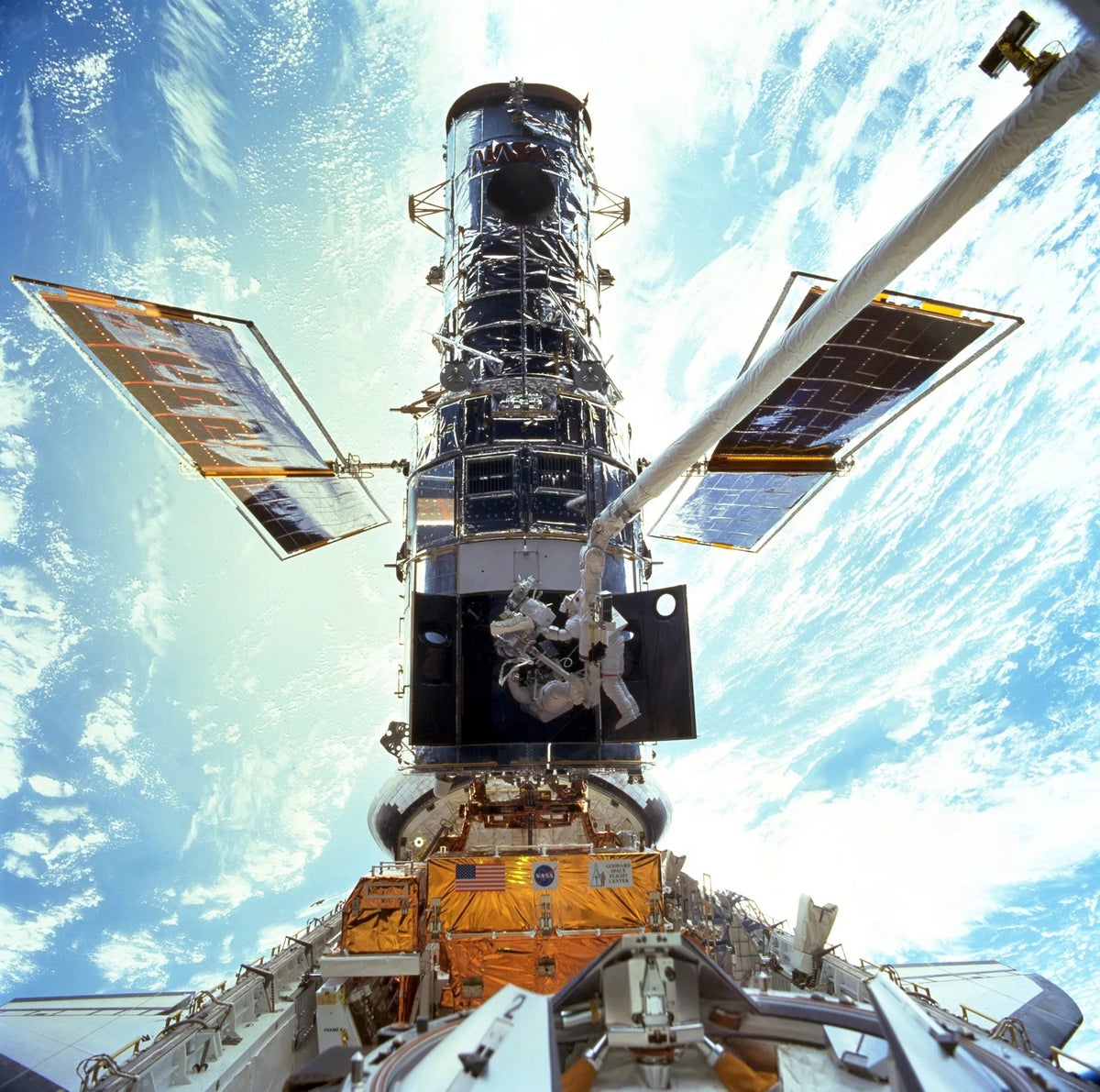
"Hubble's views are sharper and deeper, gathering types of light invisible to human eyes and blocked by Earth's air, continuing to deliver incredible science."
"Though launching telescopes into space is costly and complex, the advantages—darker skies, reduced atmospheric distortion—validate the effort, proving essential for astronomical observation."
Launched on April 24, 1990, the Hubble Space Telescope has transformed astronomical observations by operating above Earth's atmosphere. Despite being relatively small, it captures a wider range of light, yielding sharper and deeper images of the cosmos. While space telescopes involve significant complexity and cost, their ability to bypass atmospheric distortion justifies the investment, as demonstrated by Hubble's continued contributions to science over 35 years. This article highlights the ongoing debate about the value of space telescopes compared to ground-based ones, emphasizing Hubble's remarkable achievements in the field.
Read at www.scientificamerican.com
Unable to calculate read time
Collection
[
|
...
]